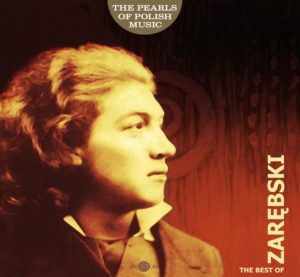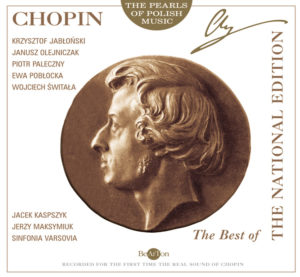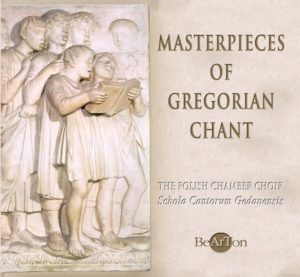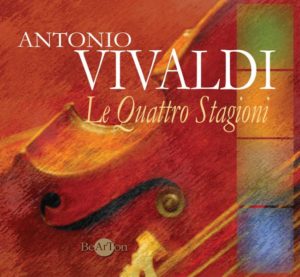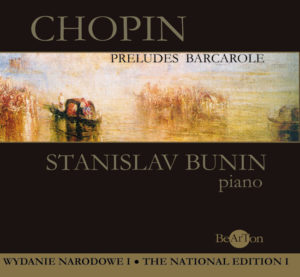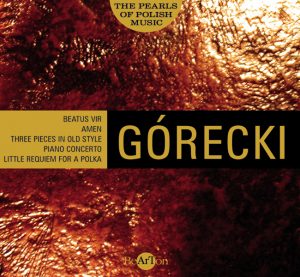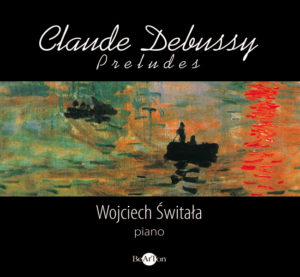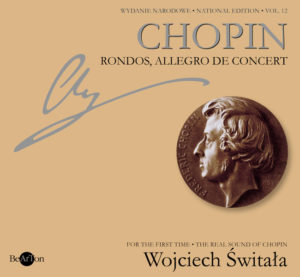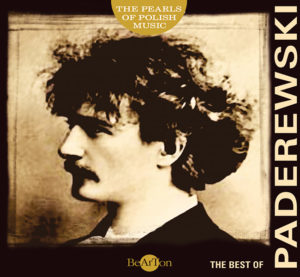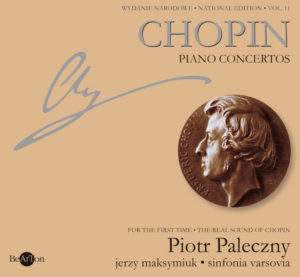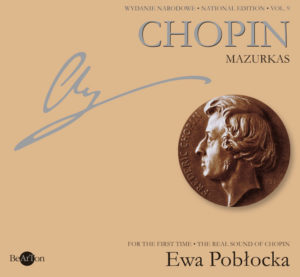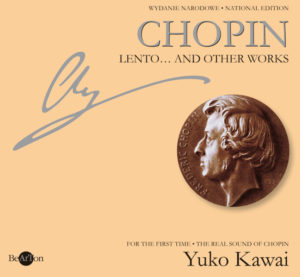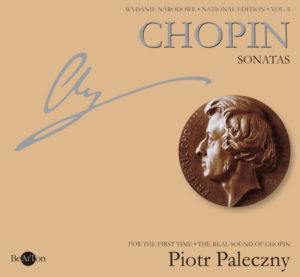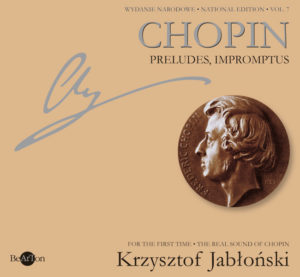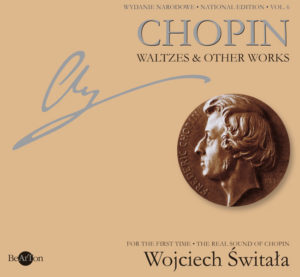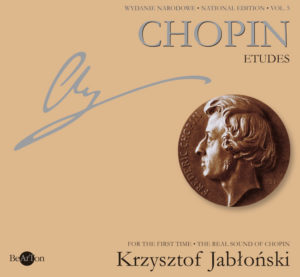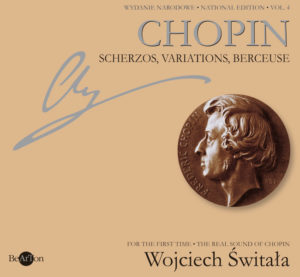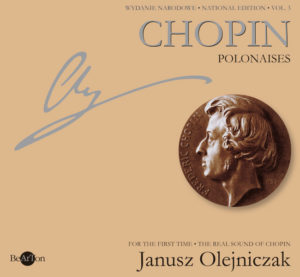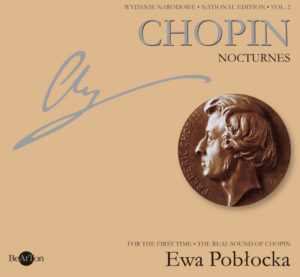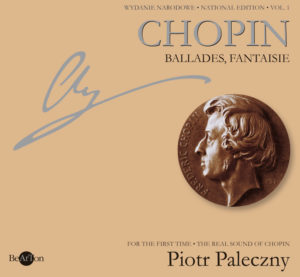Chopin – Works for piano and orchestra
Chopin – Works for piano and orchestra
Nr kat. CDB014 – 1944314
Music disc: CD-AUDIO
Performers:
Ewa Pobłocka – piano
Krzysztof Jabłoński – piano
Orchestra Sinfonia Varsovia
Jacek Kaspszyk – conductor
CD content:
- Variations in B flat major on “La ci darem la mano..” from Mozart`s Don Giovanni Op.2 – 17’56”
- Fantasia in A major on The Polish Airs Op.13 – 14’22”
- Krakowiak, Concert Rondo in F major Op.14 – 13’49”
- Andante Spianato and Grande Polonaise in E flat major Op.22 – 13’59”
Total time – 60’47”
Prizes:
Listen a part
47.99złAdd to basket
© ℗ 1999 Bearton
In the brilliant style
Hats off, gentlemen, here is a genius! – this famous sentence belongs to R. Schumann in reference to the Variations based on the aria La Ci Darem La Mano from the opera Don Giovanni by Mozart. In making this comment, Schumann placed Frederick Chopin among the most outstanding composers of his day.
First Chopin’s composition for piano and orchestra, as well as other works included in this album represent a trend of concert music that was popular in the twenties and thirties of the 19th century. The trend was created by great pianists of post-classicistic period, and dominated by the brillant style. It’s characteristic features include: dazzling narration, perfection and performing technique showing bravado, effective soloist spectacle, as well as usage of forms that are virtuoso par excellance. Among such forms are: rondos, variations and fantasias in potpourri style.
Fascination with the brillant style is already visible in Chopin’s early solo works. It determines the form, character and style of the Variations Op. 2, Fantasia Op. 13, Rondo Op. 14 and Polonaise Op. 22 with Andante spianato. The compositions are written in four distinct genres, and they differ in character and expression, but at the same time they have many features in common. In accordance with preceded by an introduction and followed by a clear final part. Slower tempo and different metre usually characterize the introduction. The final part is separate or assumes the form of coda with the space for pianistic fireworks. An orchestra further strengthens such a shape of a composition. As the principles of the brillant style provide, the orchestra’s role is to accompany, and it only comes to the fore when the form is to be emphasized. However, the orchestra also has its great moments in Chopin, which are rare but exquisite (i.e. in Adagio, Variations, the sound of kettle-drums in meas. 4). In Concert Rondo Krakowiak, which is undoubtedly the most perfect Chopin rondo, the orchestra is an unquestionable partner of the piano. Here, it not only provides a background for themes and figures, but also emphasizes the rhythm and dance nature. It interrupts with effective ritornellos, supplements with the sound of horns and the wood, colors with the sound of the strings that play in turns legato or staccato, pizzcicato or arco.

Ewa Pobłocka, Krzysztof Jabłoński, Jacek Kasprzyk
The works of this album share another important feature: traits of national heritage. The Variations’ final assumes the form of Polonaise. Three Fantasia’s themes combine to the manor-house romance about Laura and Filon, Ukraine dumka attributed to K. Kurpinski, and kujawiak from Sluzew. The Rondo is based on krakowiak and dumka motifs, and the Polonaise has a heroic tone adequate to the time when it was written. The national traits make those charming works more attractive. The works are not only typical of their time, but also they became the highest achievement of the brillant style convention.
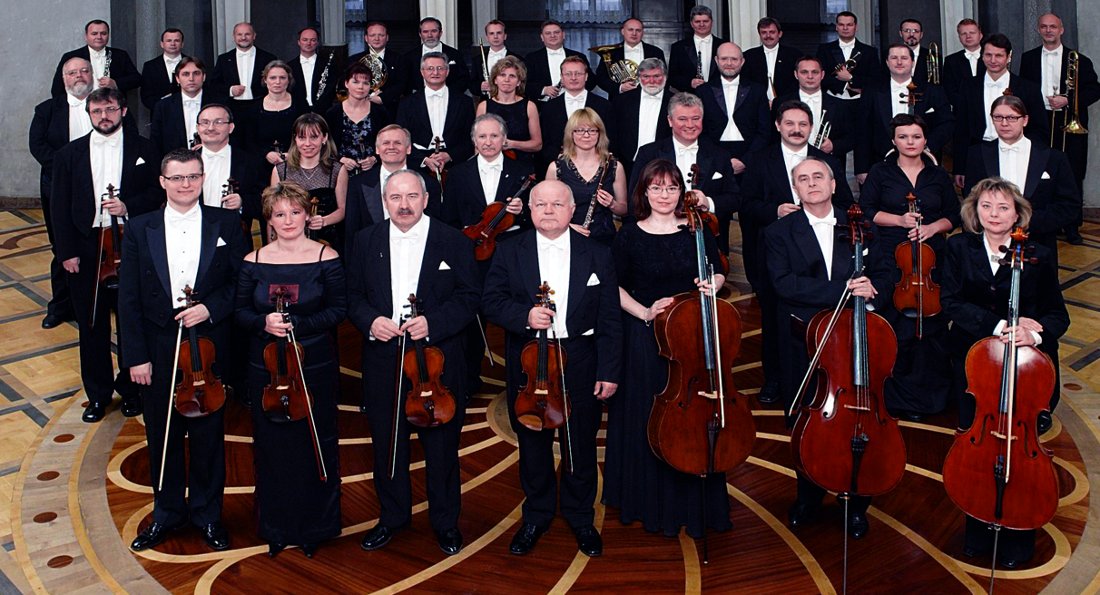
Sinfonia Varsovia
Finally, it’s worth knowing that the repertoire of this album has been recorded on the basis of PWM scores edited by Kazimierz Sikorski. However, the score was verified with source materials. The orchestra part is based on three sources: Chopin’s autograph of the Variations Op. 2 from 1827 (the rhythm of orchestra ritornello tutti is changed); T. Haslinger’s Vienna edition of instrumental parts of the Variations Op. 2 from 1830; and the first edition of scores of four compositions for piano and orchestra published by Breitkopf und Härtel in Leipzig, 1880.
Marek Wieronski
Translation: Joanna Janecka
Reviews
Fantazję – ten jakże piękny i polski w wyrazie utwór{…} wykonuje Ewa Pobłocka z prostotą. Liryczny i sielankowy temat Laury i Filona podaje z wielką kulturą. Są tu obecne i uniesienia, i tęsknoty, i ów chopinowski “żal”, który artystka wyraża przekonująco.W Rondzie a la Krakowiak Krzysztof Jabłoński wyraźnie podkreśla charakter krakowiaka. Zauważalna jest błyskotliwość narracji, perfekcja i brawura techniki w partiach popisowych{…}, a także twórcze prowadzenie linii melodycznej, nabierającej niemal wokalnego charakteru.


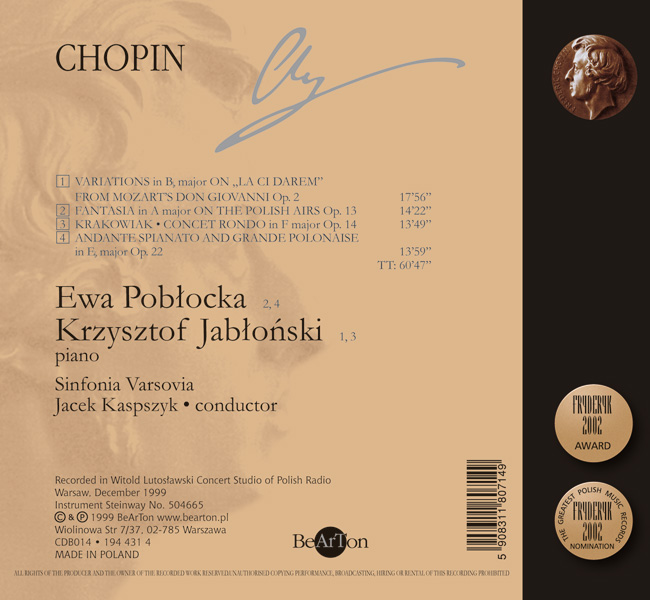
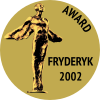


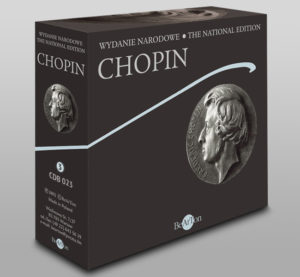
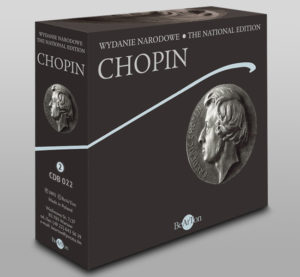
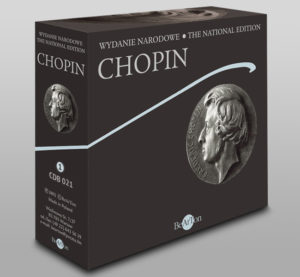
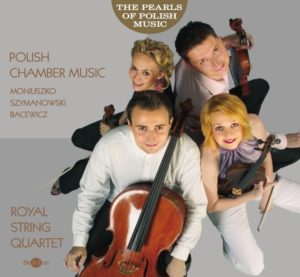
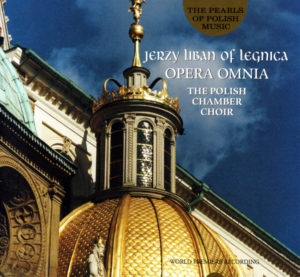
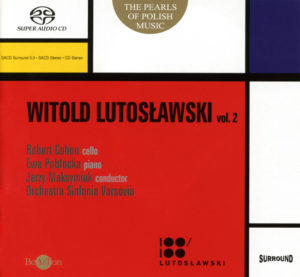
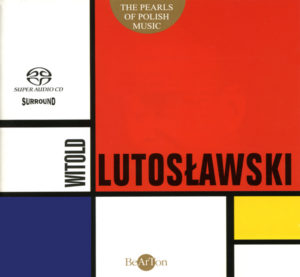
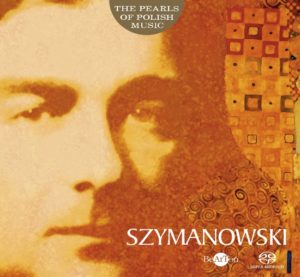
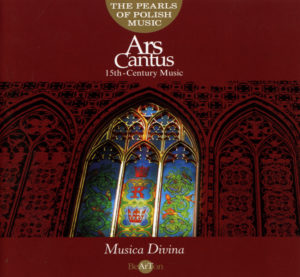
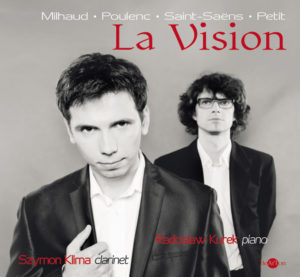
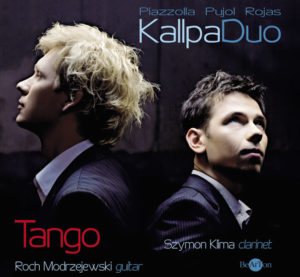
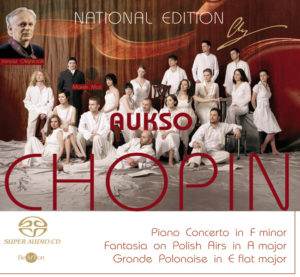
![Chopin – Walce [B] i inne utwory CDB047](https://www.bearton.pl/wp-content/uploads/Chopin-Walce-B-i-inne-utwory-CDB047-A-300x277.jpg)
![Chopin – Pieśni [B] CDB046](https://www.bearton.pl/wp-content/uploads/Chopin-Piesni-CDB046-A-300x277.jpg)
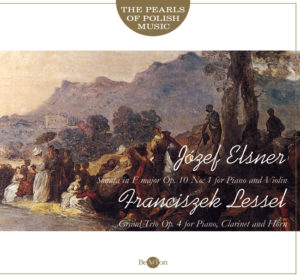

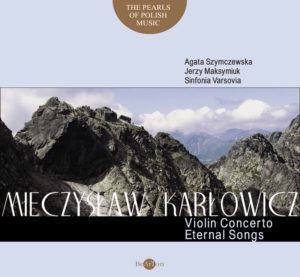
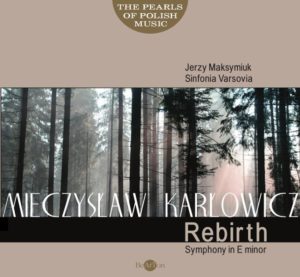
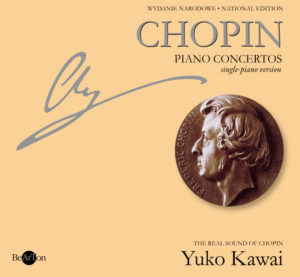
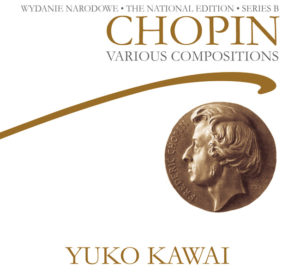
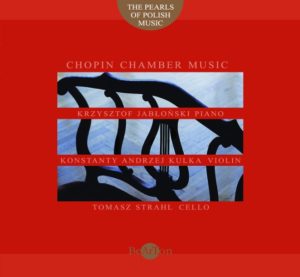
![Chopin - Mazurki i inne utwory [B] CDB038](https://www.bearton.pl/wp-content/uploads/Chopin-Mazurki-i-inne-utwory-B-CDB038-A-300x277.jpg)
![Chopin – Polonezy [B] CDB037](https://www.bearton.pl/wp-content/uploads/Chopin-Polonezy-B-CDB037-A-300x277.jpg)
